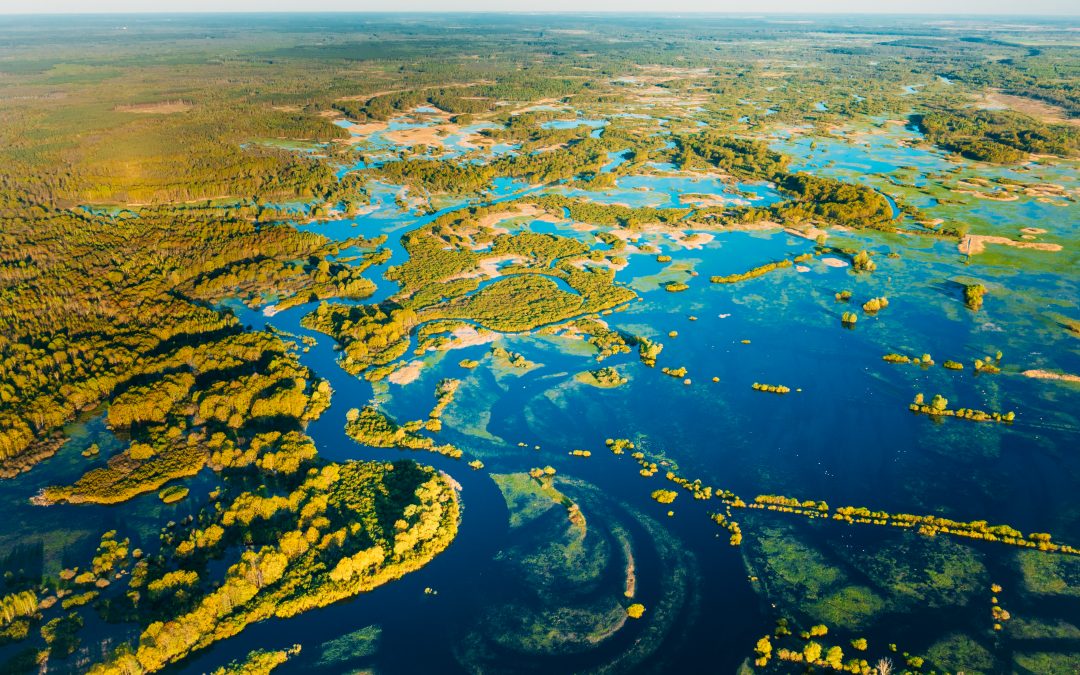As the global demand for energy continues to grow, the environmental toll of traditional energy sources has become more apparent. Fossil fuel extraction, deforestation, and pollution are just a few contributors to the destruction of delicate ecosystems, threatening countless species with extinction. Solar energy benefits endangered ecosystems not only by reducing carbon emissions, but also by directly helping to protect endangered ecosystems.
This article explores the various ways in which solar energy benefits the environment and serves as a lifeline for species at risk.
Reducing Habitat Destruction
One of the most significant threats to endangered ecosystems is habitat destruction caused by fossil fuel extraction. Coal mining, oil drilling, and natural gas extraction often require clearing vast stretches of land, displacing wildlife and destroying biodiversity.
Solar energy offers a stark contrast. Photovoltaic (PV) panels can be installed on already-developed land, such as rooftops, parking lots, and brownfields—areas that are unsuitable for farming or habitation. Large-scale solar farms can also be designed to minimize their impact on wildlife by avoiding ecologically sensitive areas.
By transitioning to solar energy, we can reduce the need for destructive energy practices, allowing natural habitats to recover and flourish.
Reducing Pollution and Its Impact on Ecosystems
Traditional energy sources, particularly coal and oil, release pollutants that poison air, water, and soil. Acid rain, caused by sulfur dioxide emissions, and oil spills are two examples of how fossil fuels devastate ecosystems. These pollutants harm not only the environment but also the plants and animals that rely on clean air and water.
Solar energy production, on the other hand, is emission-free during operation. By replacing fossil fuels with solar power, we can reduce the release of harmful pollutants into the environment, helping to protect ecosystems and maintain the delicate balance necessary for biodiversity.
For instance, clean waterways free of pollutants are crucial for aquatic species, many of which are endangered. By reducing industrial emissions and runoff associated with traditional energy production, solar energy indirectly safeguards these species and their habitats.
Combatting Climate Change
Climate change is a leading driver of habitat loss and species extinction. Rising temperatures, shifting weather patterns, and the melting of polar ice caps are forcing animals and plants to adapt—or perish. Renewable energy solutions like solar power are essential in mitigating climate change by reducing greenhouse gas emissions.
Solar energy systems generate electricity without burning fossil fuels, which significantly reduces the amount of carbon dioxide and other greenhouse gases released into the atmosphere. By slowing global warming, solar energy helps protect ecosystems from further degradation, giving endangered species a better chance of survival.
For example, coral reefs—often called the “rainforests of the sea”—are extremely sensitive to temperature changes. The reduction in greenhouse gas emissions from widespread solar adoption could help stabilize ocean temperatures and preserve these vital marine ecosystems.
Supporting Land Conservation Through Solar Farms
In some cases, solar farms can be designed to coexist with conservation efforts. For instance, solar farms can be used to create pollinator-friendly habitats by planting native vegetation around the panels. This provides food and shelter for bees, butterflies, and other pollinators that play a critical role in supporting ecosystems and agriculture.
Furthermore, land beneath and around solar arrays can be used for grazing livestock, reducing the need to clear additional land for agricultural purposes. By integrating solar energy projects with land conservation strategies, we can maximize environmental benefits while protecting critical ecosystems.
Reducing Pressure on Natural Resources
Traditional power plants consume vast amounts of water for cooling, placing additional stress on water-scarce regions and threatening aquatic ecosystems. Solar panels, especially those that rely on photovoltaic technology, use minimal water during their operation, making them an environmentally friendly alternative.
By reducing water consumption, solar energy helps protect freshwater ecosystems and the species that depend on them. This is particularly important in regions where water scarcity poses a serious threat to biodiversity.
Empowering Communities to Protect Ecosystems
One often overlooked benefit of solar energy is its ability to empower communities. By providing clean, decentralized energy, solar power reduces dependence on large-scale infrastructure projects like dams, which can disrupt ecosystems and displace wildlife.
In addition, solar energy can bring electricity to remote areas without requiring deforestation or invasive development. This allows communities to grow sustainably, with less impact on the surrounding environment.
A Sustainable Future for All Species
Solar energy represents more than just a clean source of power—it’s a tool for protecting our planet’s most vulnerable ecosystems. From reducing pollution to preserving habitats and combating climate change, the benefits of solar energy extend far beyond human convenience.
By investing in renewable energy solutions like solar, we take an important step toward safeguarding the incredible diversity of life on Earth. Protecting endangered ecosystems isn’t just about saving individual species; it’s about ensuring the health and balance of the natural world that sustains us all.
In embracing solar energy, we not only power our homes and businesses but also contribute to a brighter, greener future for generations to come.


Recent Comments